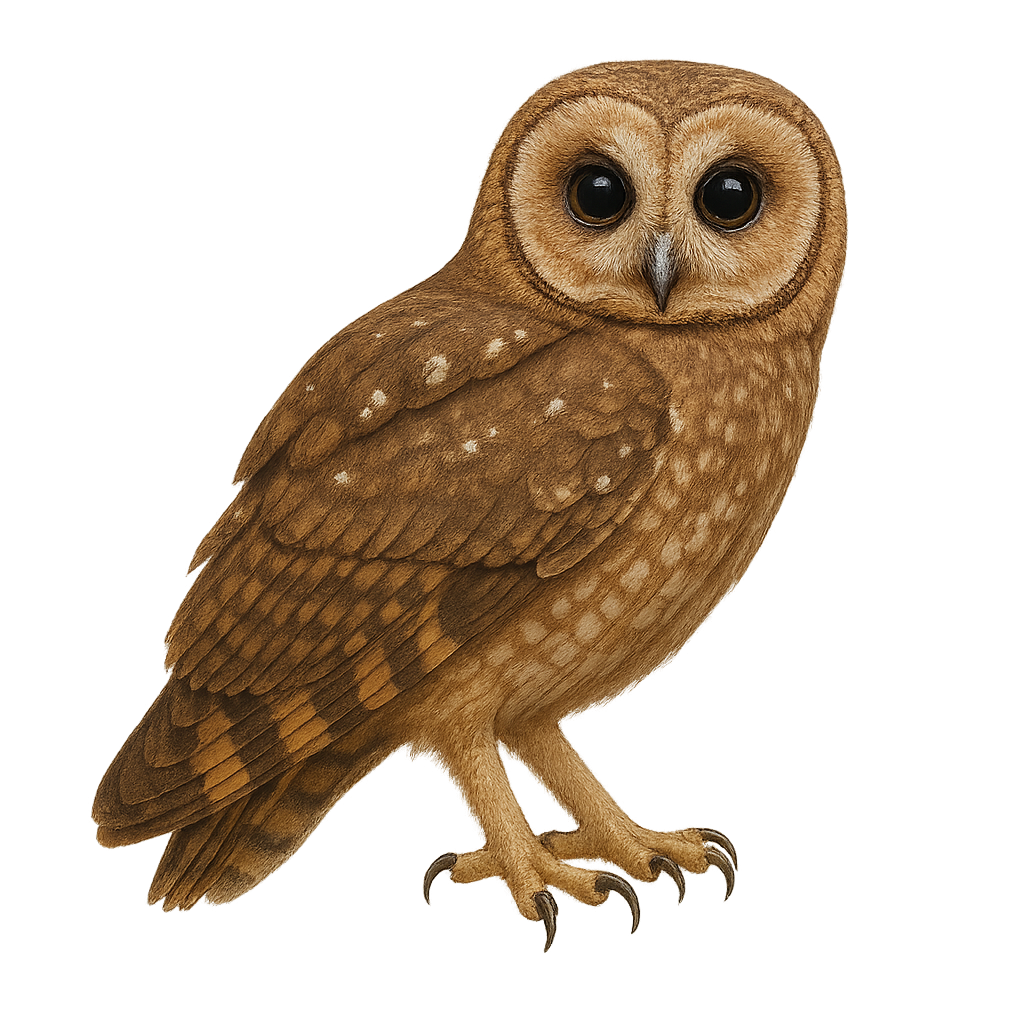Your wildlife photography guide.
Explore the cape owl in detail, study its behavior, prepare your shots.
Where to observe and photograph the cape owl in the wild
Learn where and when to spot the cape owl in the wild, how to identify the species based on distinctive features, and what natural environments it inhabits. The WildlifePhotographer app offers tailored photography tips that reflect the cape owl’s behavior, helping you capture better wildlife images. Explore the full species profile for key information including description, habitat, active periods, and approach techniques.
Cape Owl
Scientific name: Asio capensis

IUCN Status: Least Concern
Family: STRIGIDAE
Group: Birds
Sensitivity to human approach: Suspicious
Minimum approach distance: 10 m
Courtship display: June to July
Incubation: 27-30 jours
Hatchings: June to August
Habitat:
wetlands, marshes, savannas
Activity period :
Mainly active at night, generally discreet during the day.
Identification and description:
The Cape Owl, Asio capensis, is a species of nocturnal bird of prey belonging to the Strigidae family. This owl is characterized by its brown plumage speckled with white and black, allowing it to blend seamlessly into its natural habitat. It has long tufts on its head, often erect, and piercing yellow eyes. It is primarily found in the wetlands, marshes, and savannas of sub-Saharan Africa. This owl is an opportunistic hunter, feeding mainly on small mammals, birds, and insects. Although its conservation status is concerning due to habitat loss, it remains relatively widespread in some areas.
Recommended lens:
400mm – adjust based on distance, desired framing (portrait or habitat), and approach conditions.
Photography tips:
To photograph the Cape Owl, it is advisable to use a 400mm lens or longer to capture detailed images from a distance. As this owl is primarily nocturnal, it is best photographed at dusk or dawn when the light is soft. Use a tripod to stabilize your camera and avoid motion blur. Be patient and discreet to avoid scaring the bird. Focus on areas near marshes or wetlands where the owl is more likely to hunt.
The WildlifePhotographer App is coming soon!
Be the first to explore the best nature spots, track rutting seasons, log your observations, and observe more wildlife.
Already 1 432 wildlife lovers subscribed worldwide

